GSC Game World was founded in 1995 in Ukraine (Kyiv), when Serhiy Grygorovych established a company that initially worked on localising games for children’s consoles. Over time, the team grew, forming its own vision and style.
A little history on GSC Game World
Read about the studio’s formation and development under its new owner in the publication gadgetnews.space. The first big success came in 2000, when the strategy game Cossacks: European Wars gained international recognition for its historical depth and high-quality gameplay.
Yet it was STALKER that truly defined the studio’s legacy — a concept sparked by Serhiy Hryhorovych’s visit to the Chernobyl Exclusion Zone, where the haunting atmosphere left a lasting impression and inspired an entirely new kind of game. Between 2007 and 2009, a trilogy was released — Shadow of the Chernobyl, Clear Sky, and Call of Pripyat — which turned the series into a cult phenomenon.
However, development was not without its challenges. Due to a series of difficulties, the development of STALKER 2 was halted, and in 2011, GSC Game World ceased to exist. The comeback began modestly with a remaster of Cossacks in 2015, and in 2018, the studio announced a full reboot of STALKER 2.

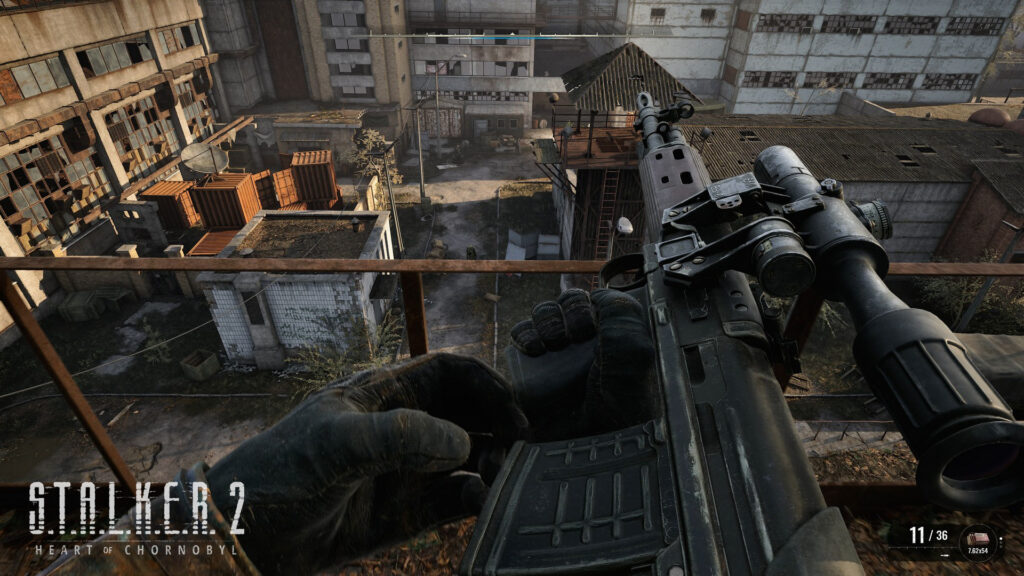
The turning point came in 2023, when investor Maksym Krippa took control of GSC Game World. Known for his investments in NAVI, Maincast, and IT businesses, he not only saved the studio from financial risks, but also re-equipped it technically, strengthened the team, and opened up access to the international arena.
According to official information, Krippa owns 82% of the company, with the remaining 18% belonging to Yevgeny Grygorovych, who is responsible for the studio’s day-to-day operations. As Krippa himself noted, he was introduced to the Grigorovich family by Oleksandr Kokhanovsky.
The change of ownership was the impetus for a complete reboot of the project.
Post-release wave: How gamers received the game, sales and market interest
Since its release on November 20, 2024, STALKER 2: Heart of Chornobyl has firmly established itself on the market. In just five days, over 1.4 million copies were sold, and the peak number of concurrent players reached 121,000. The average playtime at that point was 7.6 hours. On Steam, 78% of reviews were positive.
By April 2025, sales had grown to 2.6 million copies, with total revenue reaching $125.2 million, according to Video Game Insights. Users began to spend more time in the game: an average of 40.8 hours, with a median session length of 23 hours. At the same time, the positive rating rose to 80.8%, indicating that the initial technical issues had been successfully resolved.
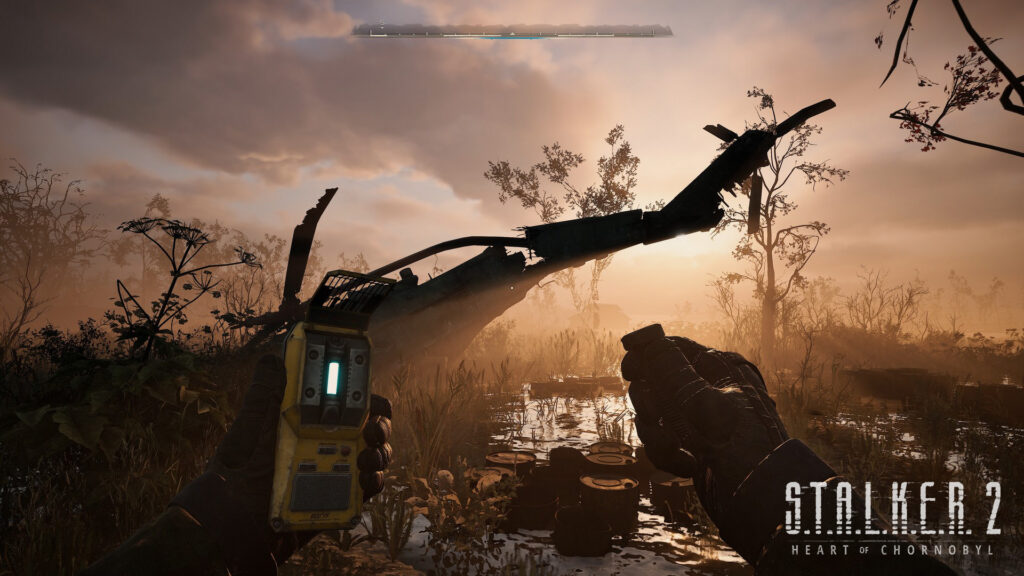
Although peak activity has declined (8,041 players in the last 24 hours, 3,870 in the last hour), the project continues to attract steady interest. Most copies were sold in the US (22%), Ukraine (16%), and Germany (7%).
Even before its release, the game received over 400,000 wishlist additions in the last month alone. STALKER 2 didn’t just get off to a strong start — it’s proving it has the potential to stay at the top for a long time.
More than a game: STALKER expansion through DLC, film adaptations, and new ideas
The launch of STALKER 2: Heart of Chornobyl marked more than just a long-awaited sequel — it signalled the start of a bold new chapter for the STALKER universe. GSC Game World, the studio behind the game, wasted no time in emphasising that this release is merely a foundation for future expansion.
According to investor Maksym Krippa, who spoke about the studio’s direction in a recent interview, the title has already broken even. With development costs fully covered, the game now has a solid financial base to support ambitious post-launch plans and continued growth of the franchise.
First up are two-story expansions and a multiplayer mode. The developers are not rushing to meet deadlines — their main focus is on quality, stability, and deep community engagement. GSC Game World aims to create a living ecosystem within the Zone that will evolve over the years.
At the same time, there are talks about adapting the STALKER universe to a TV series format. One option is collaboration with Netflix. Although no contract has been signed yet, the studio is committed to authenticity and a unique approach — it will definitely not be “just another series based on a game.”
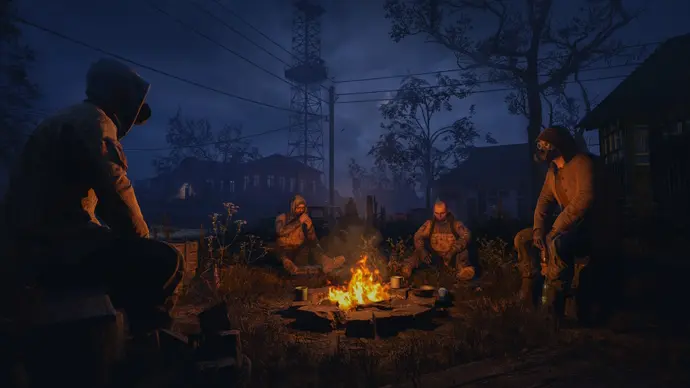
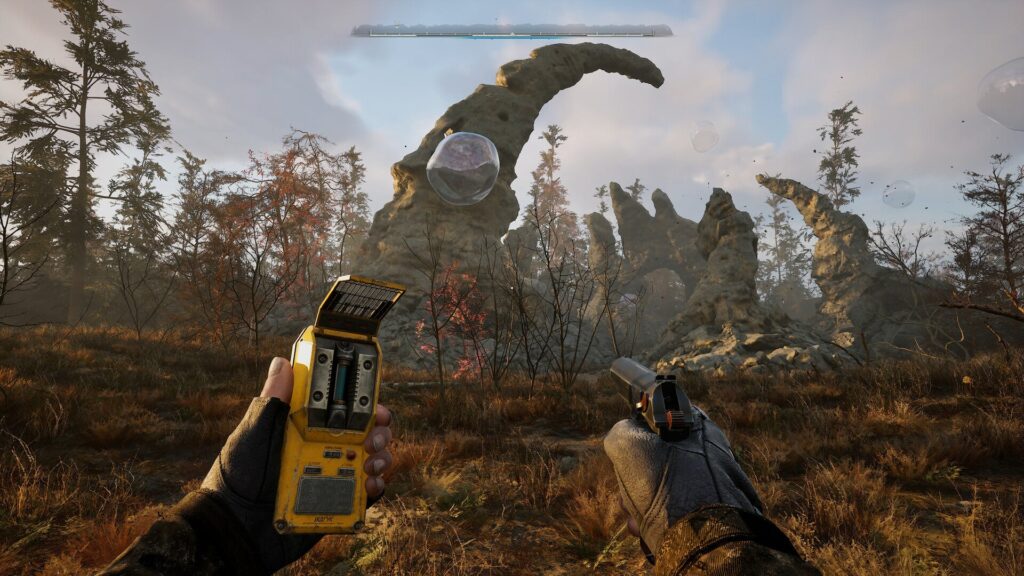
The franchise is preparing to go beyond the gaming audience. GSC Game World is studying the experience of The Witcher, but strives to go its own way, without clichés and templates. Every element must match the atmosphere of the Zone.
While the Ukrainian gaming industry faces workforce reductions and widespread uncertainty, GSC is moving in the opposite direction. In just seven months, GSC Game World has seen rapid internal growth, boosting its workforce from 220 to 270 people — a pace unmatched by any other Ukrainian game studio in the same timeframe.
One of the major factors driving this momentum is STALKER 2, which is powered by Unreal Engine 5. This cutting-edge engine brings the game’s world to life with stunning visual fidelity. From intricately detailed landscapes to dynamic lighting and highly realistic physics, the game meets — and in some aspects exceeds — the visual standards of today’s AAA titles.
GSC Game World‘s growing team and technological ambition demonstrate that the studio is not just surviving — it’s scaling up, redefining what’s possible for Ukrainian developers on the global stage.
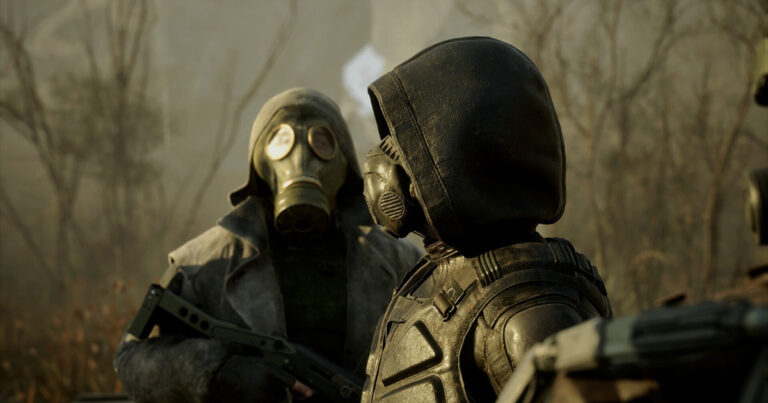
For even more opinion pieces like this, click right here.